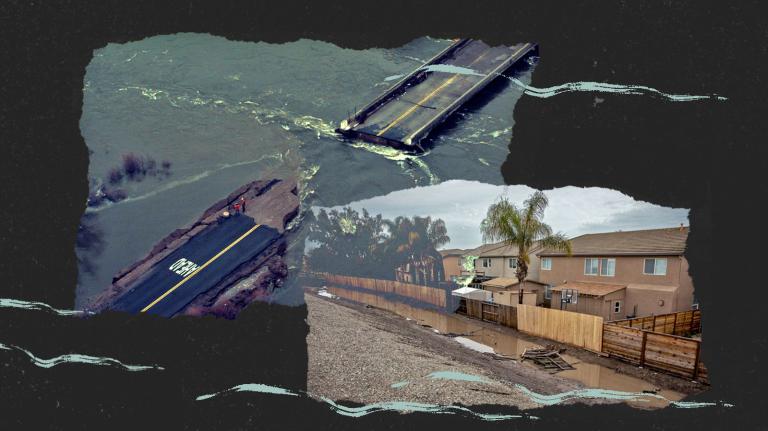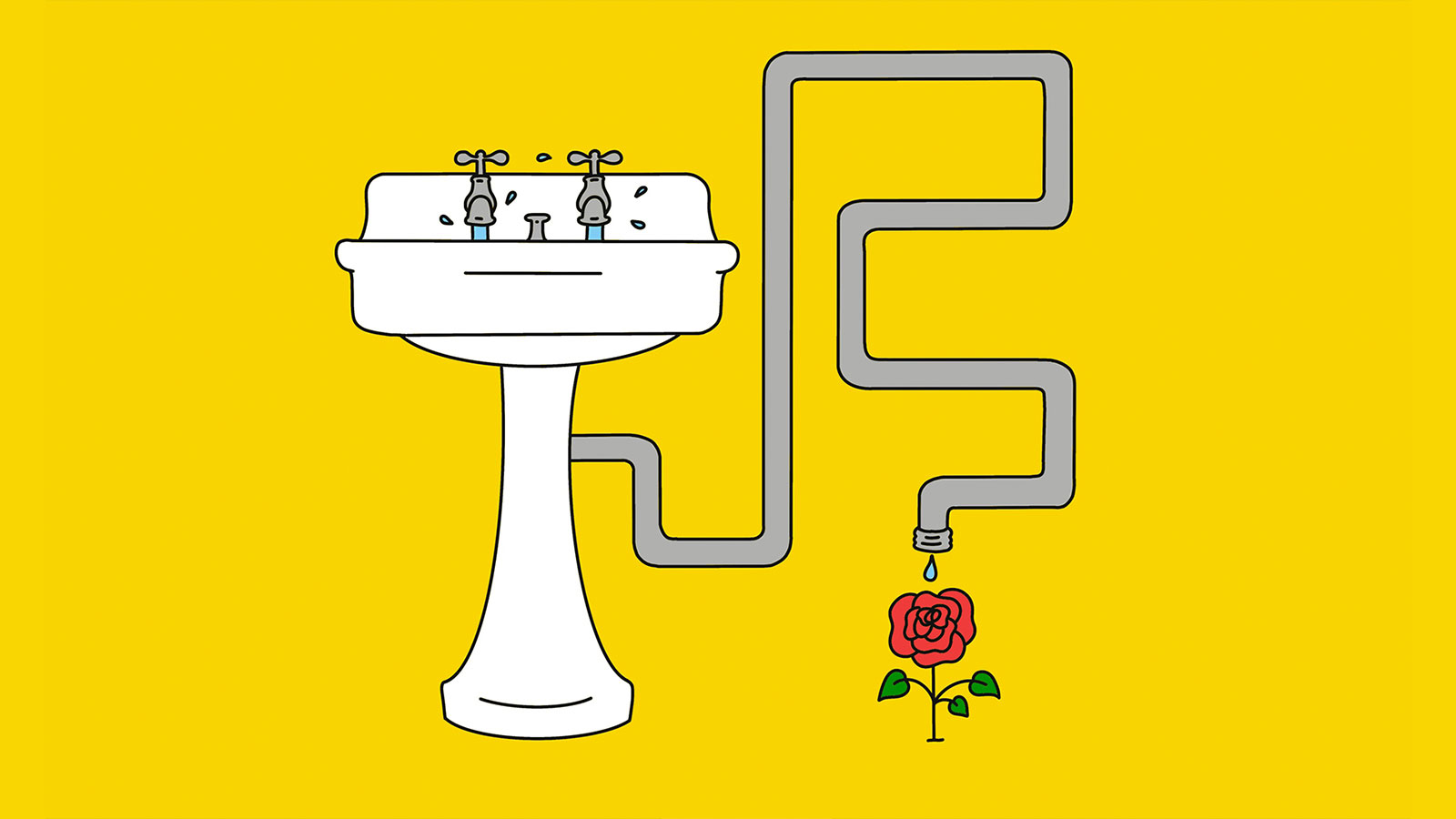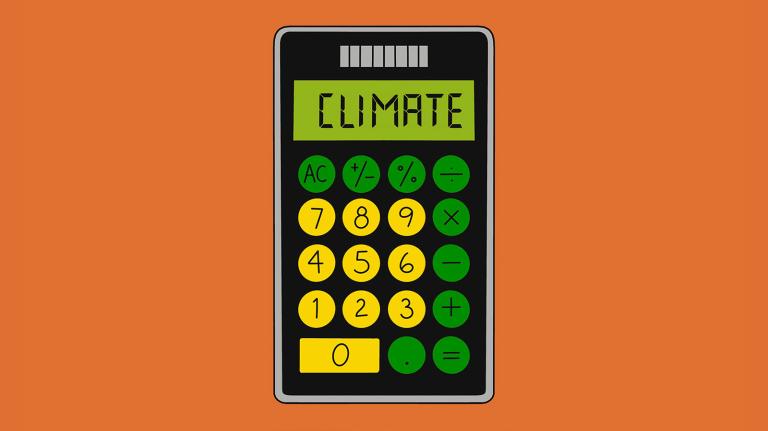This story is part of the Cities + Solutions series, which chronicles surprising and inspiring climate initiatives in communities across the U.S. through stories of cities leading the way. For more solutions stories like these, subscribe to the Looking Forward newsletter.
Standing under a shady tree drooping with pomegranates late last year, Brad Simmons, a retired metal fabricator who has lived in Healdsburg, California, for 57 years, showed off his backyard orchard. Along with the apple, cherry, and peach trees, he’s packed one pear tree, two lemon trees, and a century-old olive tree into his bungalow’s compact garden.
Of course, the small grove requires plenty of water — an increasingly scarce resource in a state that continues grappling with a historic drought despite recent torrential rains. Yet Simmons, like many of his fellow 12,000 residents, has managed to keep much of this wine country community north of San Francisco looking verdant while slashing the city’s water use in half since 2020.
Healdsburg benefits from an invaluable resource that keeps gardens, trees, and vineyards irrigated: free, non-potable water produced by its wastewater-reclamation facility. The plant recycles 350 million gallons of effluent drained and flushed in the city every year, according to city officials, or slightly more than half its annual water consumption. The reused H₂O is used in irrigation, construction, and other applications that require lower levels of treatment than drinking water. This eases pressure on regional reservoirs and wells while enlisting a wide pool of users in promoting an ethos of conservation, all the while helping manage the amount of treated wastewater discharged into the Russian River.
“I worry about water all the time,” Simmons said as he dragged a hose across his parched grass to an enormous box filled with 275 gallons of reclaimed water. The washer-and-dryer-size containers have become a standard lawn fixture around town. “So this is a real lifeline.”
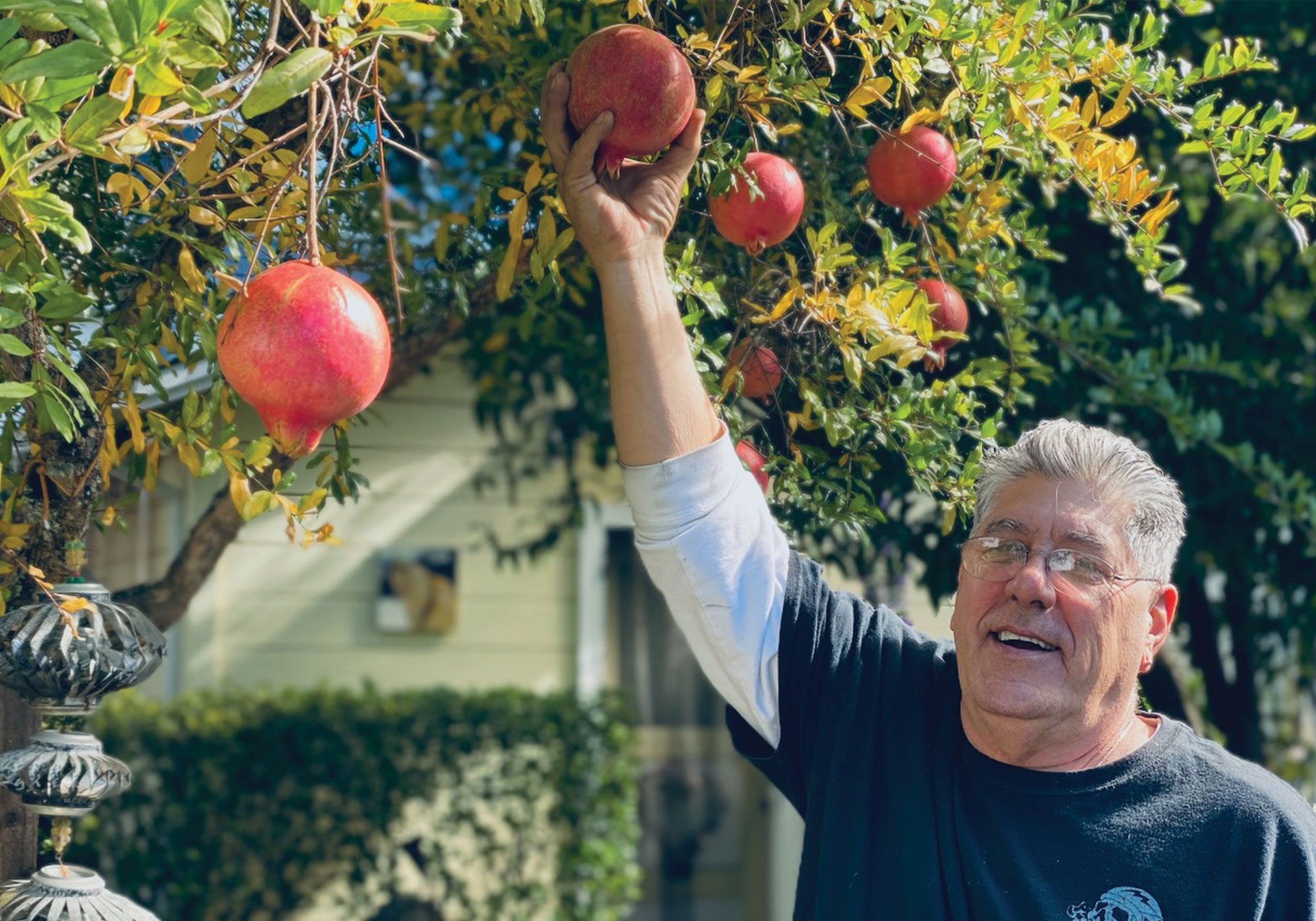
California’s wastewater projects
Currently, California treats and reuses approximately 728,000 acre-feet, or approximately 18 percent, of the yearly wastewater it produces. But the state has higher ambitions for increasing water security: New goals call for a near threefold increase by 2030 to 2 million acre-feet annually.
Backed by initiatives such as the California Water Board’s Clean Water State Revolving Fund and federal support, including a $750 million grant program, several large projects are in the pipeline. Orange County, for one, is upping capacity on its potable water-purification plant — already the world’s largest — to recycle 130 million gallons of effluent daily. The Metropolitan Water District of Southern California is eyeing a new $3.4 billion recycling facility that would secure a renewable source of drinking water for 19 million customers in the Los Angeles area.
For smaller communities or those with limited resources, however, a more modest approach can be just as effective, says Anne Thebo, senior researcher at the Pacific Institute, a nonprofit water conservation think tank in Oakland, California.
“The local context can really give communities flexibility in developing their water-reuse plans,” she notes. Agricultural communities hold an advantage here, she says, because many forms of irrigation don’t require recycled water that’s clean enough to drink. But all communities have some flexibility in their ability to use treated effluent, because water used to irrigate timber or lawns can be lower in quality than that used for pasture grass like alfalfa or crops that can be eaten raw, such as strawberries and lettuce. Developing a water-recycling plan that suits the needs of the community can diversify a region’s water portfolio and offset overall demand.
Healdburg’s approach
Reuse wasn’t Healdsburg’s main priority when it upgraded the wastewater plant in 2008. The city needed to comply with environmental discharge regulations into the Russian River, which included meeting a higher threshold of nutrient and pathogen removal. The $29.3 million enhancement added pathogen-filtering membranes and UV light to a process that already included filtration and a microbial scrubbing. The additional measure purifies wastewater to near-drinking quality, making it clean enough to release into the 1,485-square-mile watershed.
Still, even at that quality, regional water authorities limit discharge to October through mid-May, when rain typically swells river volumes and reduces the risk of negative impacts. For the remaining months, “we have to figure out what to do with it,” says Healdsburg’s water and wastewater engineer Patrick Fuss. This became the core challenge, and eventual success, of Healdsburg’s program — ensuring that there’s enough demand for that supply.
“I worry about water all the time.”
– Brad Simmons
Although state regulations allow the agricultural use of triple-treated water, they also require permits that outline specific uses, largely to ensure the safety of groundwater and the public. Healdsburg’s original permit included wine-grape irrigation along with residential, landscaping, and industrial use. But finding sufficient takers for the treated water was, for years, a challenge, Fuss says. While the recycled water is free, it’s non-potable and requires separate plumbing and tubing, making for a potentially expensive outlay. Others had unfounded concerns about nitrate, mineral, and chemical residues in the supply tainting their prized grapes.
As a result, treated wastewater continued to cascade into the river until three years ago, when municipal actions driven by the escalating drought pushed the city into full compliance with the discharge rules. The multifaceted approach tightens the amount of wastewater coming into the system through water-conservation measures, while increasing demand for recycled water.
Fuss laid some of the groundwork for that by enlisting vintners through a door-to-door campaign, and engaging potential participants in planning a pipeline extension for easier delivery to them. Meanwhile, the city required the use of reclaimed water in all construction projects, making it available at two fill stations. Finally, as state and regional water restrictions tightened last year, Healdsburg started free residential deliveries of up to 500 gallons per subscriber every week.
Accommodating a diverse range of users is crucial, says Fuss, to balancing supply and demand. “We know we can achieve compliance during a drought, when the influent — the amount of wastewater we need to treat — is reduced because people are conserving, while the demand on the other end is greater,” he says. A wet or normal year would flip the equation, which, without sufficient spigots, would quickly overflow the system.
Managing wastewater discharge quality is actually a major motivator of water-recycling projects in California, says Thebo. And as a rule, developing multiple benefits seems to be the common driver to success. “They’re at the core of the partnerships that form between cities, growers, environmental groups, and the slew of other stakeholders. And they’re also what gets the community and local politicians engaged.”
In Healdsburg, there seems to be no shortage of community engagement. Popularity, in fact, killed the residential delivery program, which at its peak served more than a quarter of city households. “It was [financially] untenable as a long-term strategy,” says water and wastewater superintendent Rob Scates, “but it definitely helped get the word out.” The water is still given away at filling stations, and several hauling companies deliver for a small fee (Simmons reports paying $40 for each biweekly delivery).
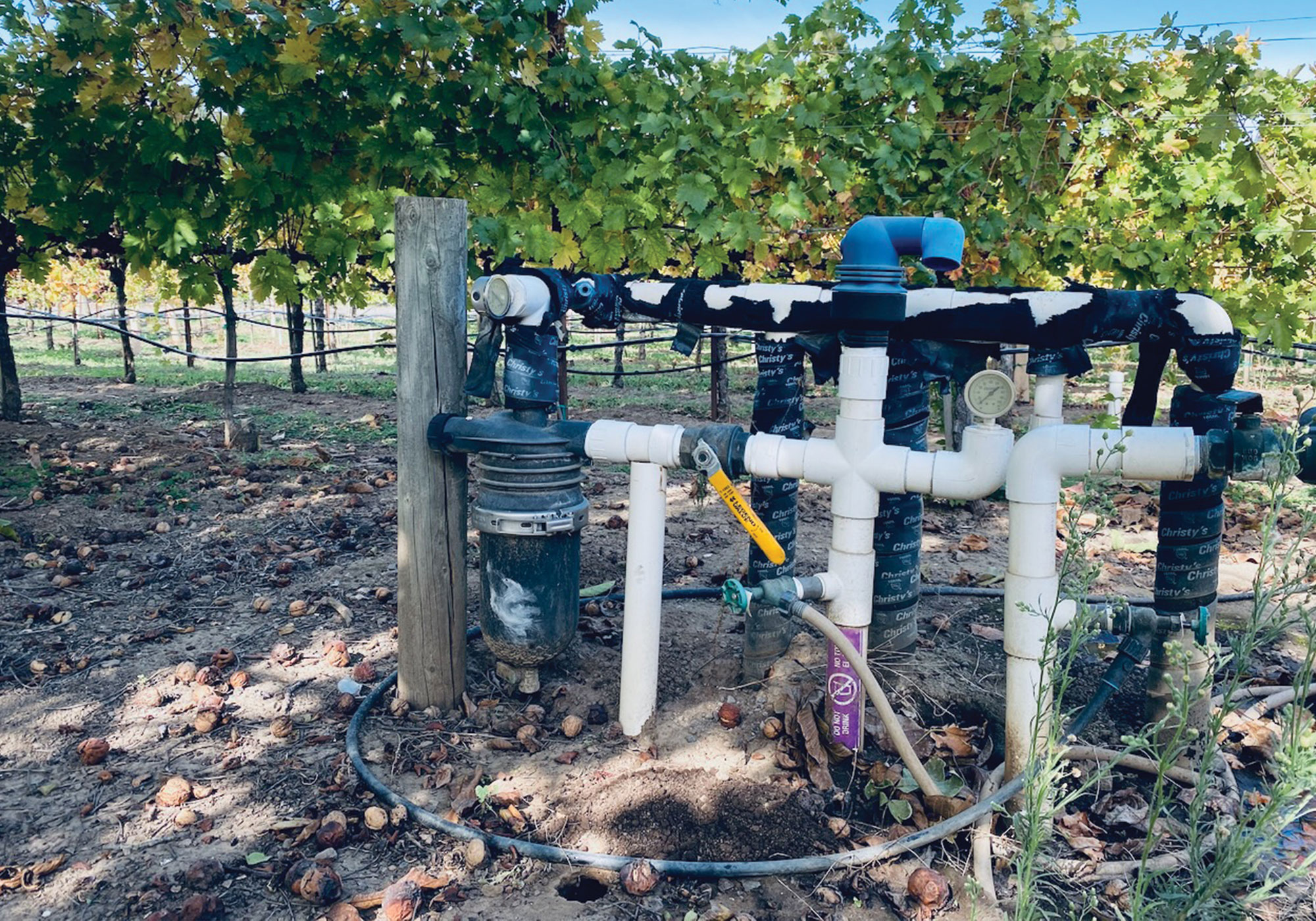
The city, however, isn’t taking chances. As extra insurance, it recently broadened permissible uses to include pastures, commercial orchards, and nondairy livestock. And plans are in the works to extend the pipe network — painted purple to denote the non-potable supply — directly into town for municipal irrigation, thanks to a $7 million state grant. “Word’s gotten out that the water quality is very good, and it’s a pretty reliable system,” says Scates. “Now [users] are really hooked on it. They keep us in compliance.”
As an early adopter, Dennis De La Montanya, owner of De La Montanya Vineyards, has no apprehension. He’s been irrigating the grapes that produce his award-winning pinot noir and chardonnay off the purple pipes for years. “It’s been a real boon in terms of water availability. And we don’t put a strain on groundwater resources or the public water system,” he says. “It’s a win-win.”
Tangible outcomes like this make the real value of recycled water apparent, says Thebo. “So many of the challenges of water scarcity can feel intractable. But when people can see solutions that impact their daily life, I think it becomes a point of pride for the community.”
Explore more Cities + Solutions:
- New Orleans lost its bike share. Residents stepped up to rebuild it with a focus on equity.
- Pittsburgh’s secret climate weapon: municipal budgeting
- Can cities eliminate heat-related deaths in a warming world? Phoenix is trying.
- Ann Arbor’s path to decarbonization begins in one of its most frontline communities
- Lessons from the Flathead Reservation’s comprehensive climate plan
